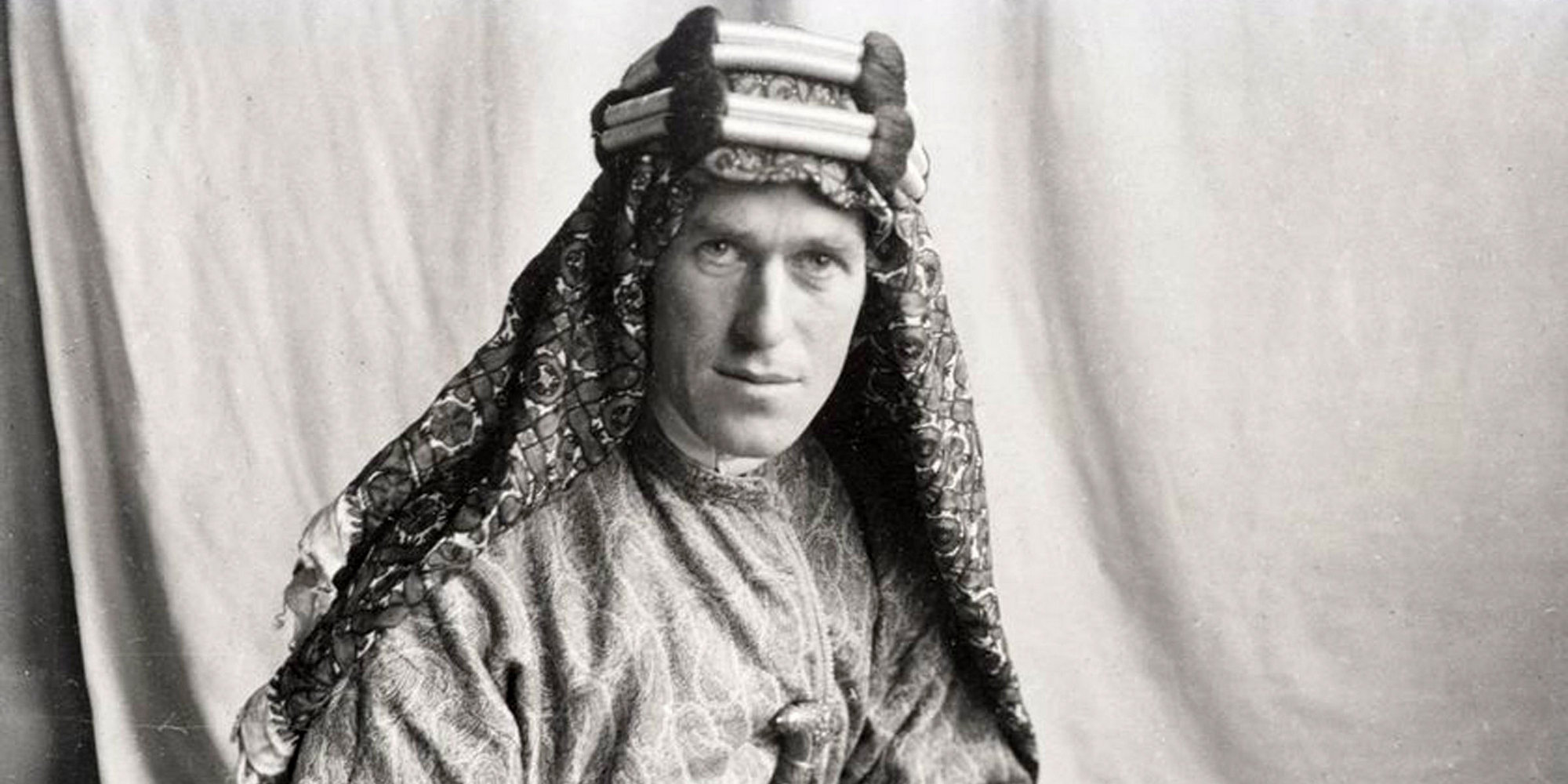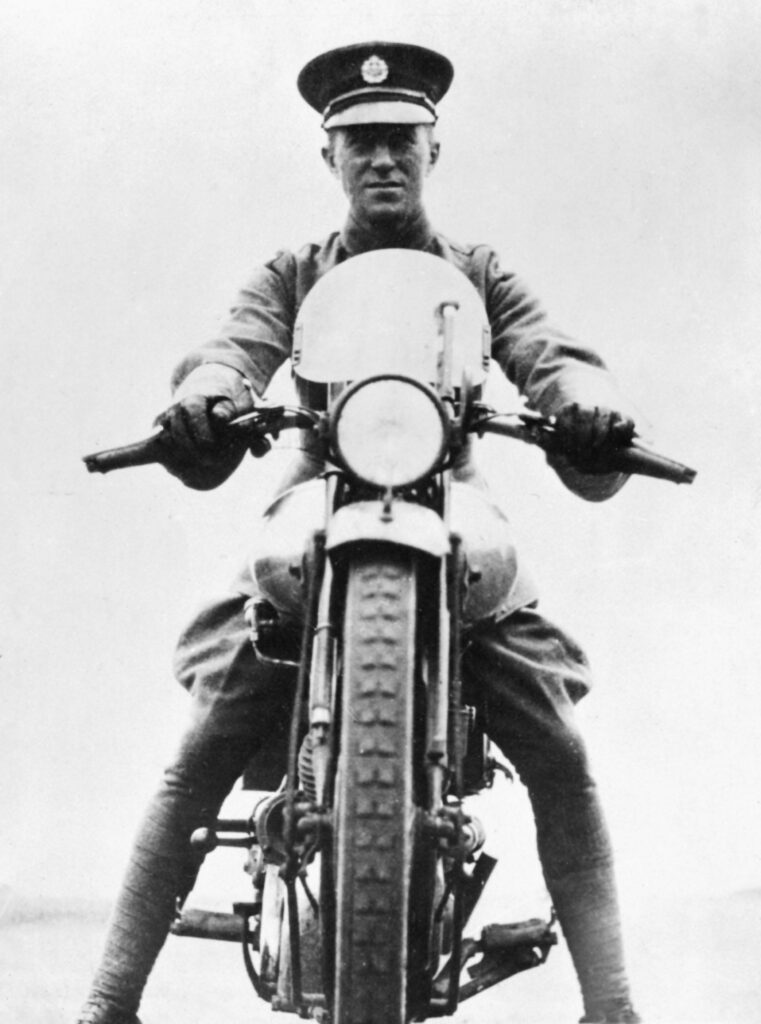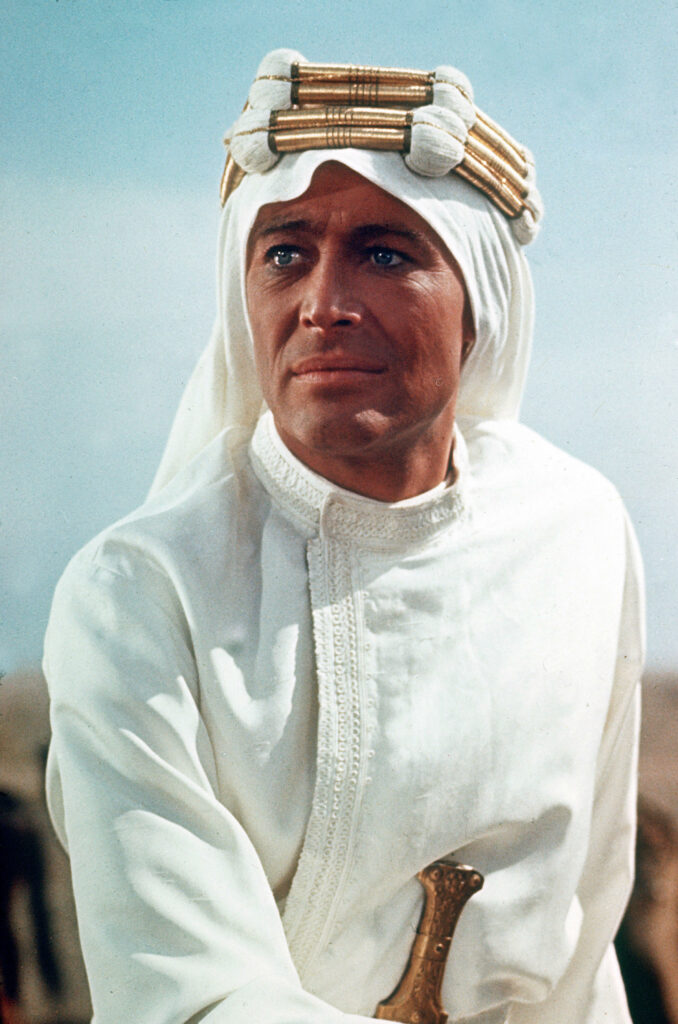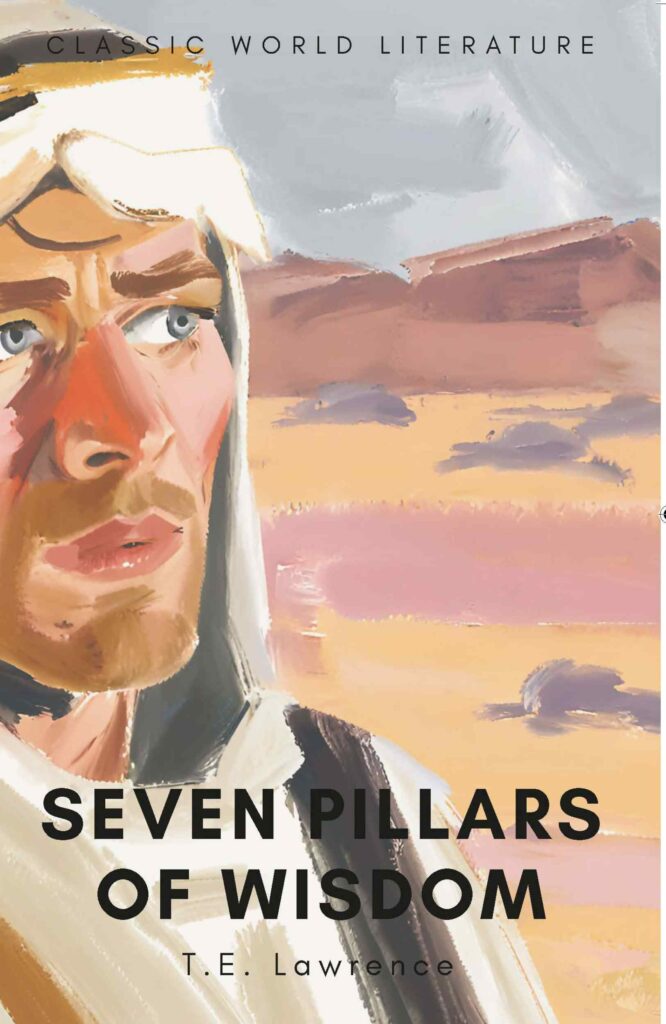
Book of the Week: The Seven Pillars of Wisdom
The Seven Pillars of Wisdom’ ‘It ranks with the greatest books ever written in the English language. As a narrative of war and adventure it is unsurpassable.’ Winston Churchill
Thomas Edward Lawrence (1886 – 1935) was a British archaeologist, army officer, diplomat and author, best known for his legendary was activities in the Middle East in the First World War. For his valiant efforts in this conflict, he became known as Lawrence of Arabia
At the beginning of the war, Lawrence was in the British service in Egypt. He had already acquired a vast knowledge of the Near East, especially Arabia, becoming very familiar with the character of the people, their customs and their religion. The entry of the Turks into the war on the German side brought into focus the question of the allegiance of the nomadic tribes in the desert areas. Lawrence persuaded them to support the British and rise against their Turkish masters so that they could procure their independence after the war. The revolt materialised under the leadership of Lawrence and Feisal, the son of one of the leaders of one of the important tribes. It was in carrying out the challenges of this mission that he earned his soubriquet of ‘Lawrence of Arabia’. Dressed in a decorated flowing white Arab dress with a golden dagger, which proclaimed him an adopted sheriff, descendant of the prophet, he would ride through the desert wastes on a camel as though he was one of the nomadic tribesmen himself. This image afforded him a certain amount of glamour, but there were those who considered the man to be somewhat of a poseur.

Lawrence on his Brough Superior motorcycle
The Seven Pillars of Wisdom has all the excitement and drama of an adventure thriller, but in essence it is a factual account of what really happened with just a gentle enhancing of the drama. We are told of hardships, desert warfare, feats of personal valour, train-wrecking expeditions and other thrilling elements of such a campaign. Lawrence also provides fascinating sidelights on military strategy and history as well contemplations on personal integrity and questions of philosophical consideration. The book is filled with rich character portrayals and a tense introspection that bares the author’s own complex and spiritual transformation. Though admittedly inexact at times and unflinchingly subjective, the book combines the scope of an heroic epic with the closeness of an autobiography. One thing is for sure, Lawrence did not intend the narrative to be a Boy’s Own type account of the conflict. He strove to create a work of literary elegance that not only captured the imagination but had an intellectual beauty of its own.
The most intense section of the book recounts Lawrence’s capture by the Turks while reconnoitring in Arab dress. According to his account, he was recognised and homosexually brutalised before he was able to escape. Though some biographers challenge this story, Lawrence maintained that the experience left both physical and mental scars upon his psyche from which he never recovered.
The campaign ended in victory, with the conjunction of the Arab forces under Lawrence and Feisal with the British forces at Damascus. One of the most stirring scenes in the book is the description of their joint entry into Jerusalem.
The Seven Pillars of Wisdom has alternatively been praised as masterpiece and condemned as an exercise in self-aggrandizement. Even if the latter is partly true it does not detract from the sophistication of the prose and brilliance of the storytelling. The book is important because it also relates at first hand lesser-known incidents from the First World War.
The title is taken from the Book of Proverbs in the Bible: ‘Wisdom hath builded her house, she hath hewn out her seven pillars’. Before the First World War, Lawrence had begun a writing a scholarly work on the seven great cities of the Middle East using the title Seven Pillars of Wisdom. It was unfinished when war broke out and Lawrence claimed that he destroyed the incomplete manuscript. However, he used the title for the later work. Remarkably, Seven Pillars of Wisdom had to be rewritten three times due to the carelessness of the author. The first version was lost on a train at Reading railway station; a second version was mislaid again, at the same station while Lawrence was changing trains. It must have taken an extraordinary degree of determination to sit down and rewrite such a lengthy tome – twice. It says something about the steely nature of the author, who refused a knighthood in 1918 as he believed that his country had betrayed the Arabs.

Peter O’Toole in the 1963 film, ‘Lawrence of Arabia’.
The book was eventually published in 1926. It was used as the basis for the 1962 movie, Lawrence of Arabia, starring Peter O’Toole in the title role and directed by the doyen of British film makers, David Lean. The film was a great success and was nominated for ten Oscars, winning seven, including Best Picture. In 1991, the movie was deemed ‘culturally, historically or aesthetically significant’ by the United States Library of Congress. In 1999 the British Film institute rated it as the third greatest film of all time; while in 2004 a poll of Britain’s leading film makers in the Sunday Telegraph went further and named it the best British film of all time.
There is no doubt that Lawrence of Arabia is a magnificent movie, cinematically stunning and brilliantly acted, but there was some criticism regarding O’Toole’s characterisation of Lawrence. He was portrayed as an egotist. In reality it is not clear to what degree Lawrence consciously sought attention. However, Lowell Thomas, writer and broadcaster, who knew Lawrence during this period observed pithily: ‘[He] had the genius of backing into the limelight’. There is evidence of this penchant within the pages of Seven Pillars of Wisdom, but it is for the individual reader to decide for themselves – and while they are doing so, they will no doubt be caught up with the broad panorama of intrigue, danger, excitement and history brought vividly to life within its pages.
David Stuart Davies
Main image: T.E.Lawrence (1888-1935) a.k.a. Lawrence of Arabia, about 1917. Credit: Pictorial Press Ltd / Alamy Stock Photo
Image 1 above: Lawrence on the motorcycle on which he suffered a fatal accident near his his home in Dorset in 1935. Credit: PA Images / Alamy Stock Photo
Image 2 above: Peter O’Toole in David Lean’s 1963 film ‘Lawrence of Arabia’. Credit: PictureLux / The Hollywood Archive / Alamy Stock Photo
Books associated with this article
